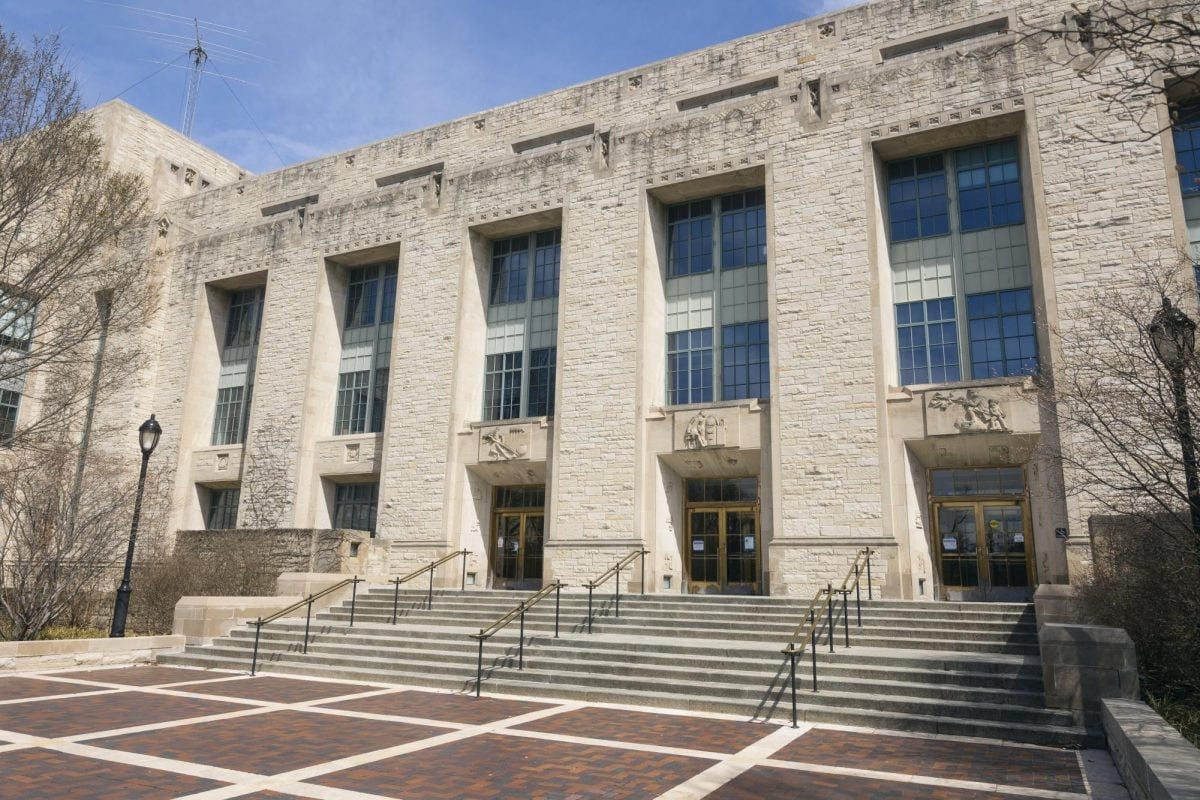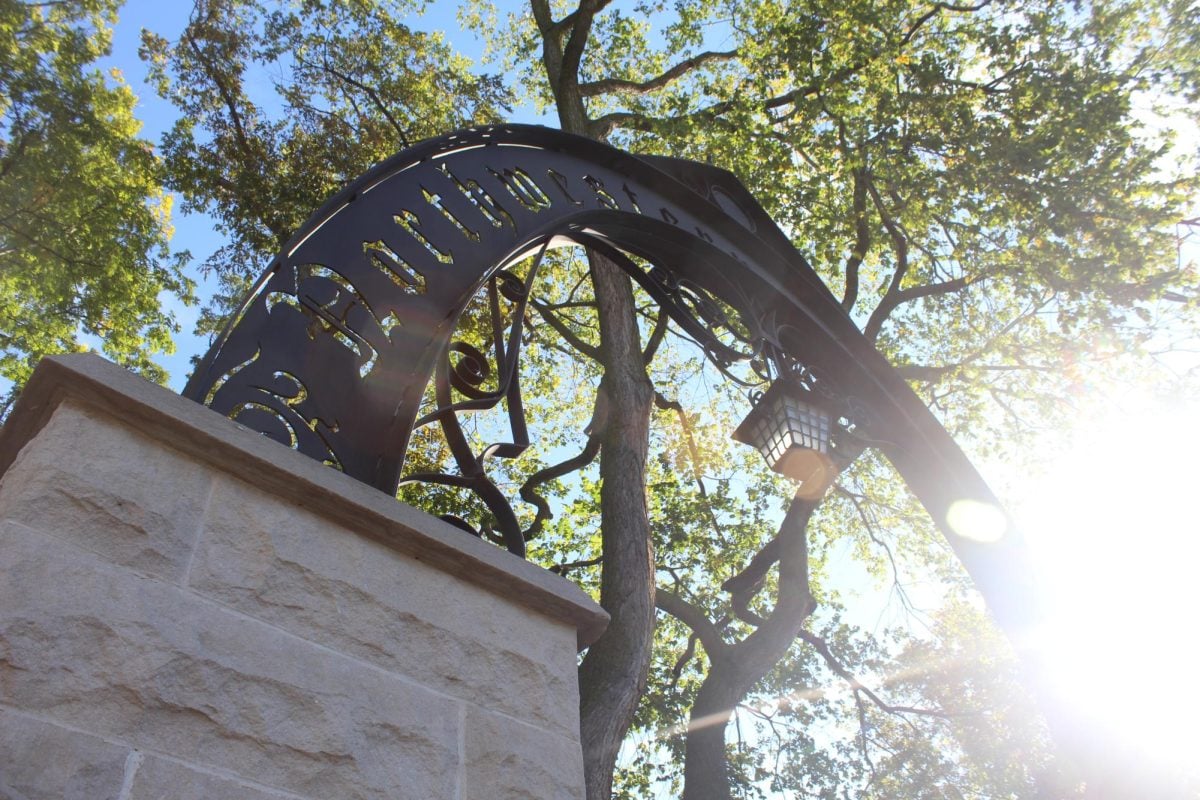The Centennial Solar Panel System was completed Thursday on the roof of the Ford Motor Company Engineering Design Center, making it Northwestern’s first building running partially on solar energy.
Engineers for a Sustainable World, Northwestern Sustainability Fund and Facilities Management made the system possible after a group of students proposed the idea in 2009 and started applying for grants.
Now, two years and $117,000 later, solar-voltaic paneling covers all available space on Ford’s roof, said James McKinney, project manager of Facilities Management. The system can produce 17 kilowatts in a day and is estimated to produce 20,000 kilowatt hours of energy over the course of the year, which McKinney said is enough to power a computer lab in Ford.
“It’s pretty significant in that it represents the first renewable energy source on campus,” McKinney said. “It further exemplifies Northwestern’s commitment to renewable energy sources and exploring ways by which we can manage our carbon footprint.”
Construction began April 15 and was completed April 21, McKinney said. Upon completion, the installation was commemorated in front of the now-paneled Ford.
The panels absorb sunlight, which excites electrons to go through the circuits of the building, said Josh Kaplan, McCormick junior and ESW project manager for the panel system. Under each of the panels is an inverter that turns the sunlight’s direct current into an alternating current that can run in Ford.
Though the fluctuating Evanston weather does not always provide ample sunlight, Kaplan said this was taken into account and should not pose a problem.
The panels produce a bit of power every time sun hits them, even on a rainy day. However, the system will not work when covered in snow.
Ford was selected because it was originally built to be energy-efficient, having earned a silver Leadership in Energy and Environmental Design certification.
The building was in an ideal location to support the Centennial Solar Panel System, which is named in honor of the 100th anniversary of the Robert R. McCormick School of Engineering and Applied Science that was celebrated last year, Kaplan said.
“Ford was a nice choice because it has a flat roof, so it’s pretty easy to install,” Kaplan said. “It’s a fairly new building with easy technical access and good roof support, and it’s a regularly used building for engineers.”
The idea was first devised by a group within ESW called Green It Now, whose mission is to analyze more sustainable possibilities for campus buildings, said co-founder Phil Dziedzic
Dziedzic, a fifth-year McCormick student, said after discussing the solar panel idea with NU facilities management and settling on Ford, he passed the project on to ESW.
ESW worked with facilities management on the design and the selection of tools used, but management handled the construction and testing, Kaplan said.
To tackle the task of applying for funds, ESW teamed up with Northwestern Sustainability Fund. This is the second time the two groups have worked together, having already retrofitted the faucets in Norris University Center, said Anthony Valente, NSF president and founder.
Valente, a Weinberg senior, said applying for grants was the most difficult part of the process, but the many hours of writing letters and making phone calls were worth it in the end.
“I feel great,” Valente said. “I feel like we accomplished something while I was at NU. I’ve been working on sustainability since my sophomore year, and it’s amazing to see something really get done on campus.”
The largest monetary donation came from the Illinois Clean Energy Community Foundation, which donated $65,083, according to its website.
Nick Poplawski, program analyst of the organization, said there are benefits to funding a project at an educational institution.
“Ultimately, by having these systems at a university, you get greater visibility to people who are going to take that knowledge and understanding and move forward with it,” Poplawski said. “These are the individuals that are going to push the envelope.”
Dean of Students Burgwell Howard said that the roof was a worthwhile investment because it will eventually pay for itself.
The energy generated by the solar panels means less dependency on purchasing energy from a third party.
As a convener of the sustainability working group, Howard worked with Kaplan and Valente to approve and publicize the project.
“This is just another example that Northwestern is a very student-driven place and I see my role as (an administrator) is to help find ways to support great ideas,” Howard said. “The fact that they raised $120,000 to support the program is just stunning.”







